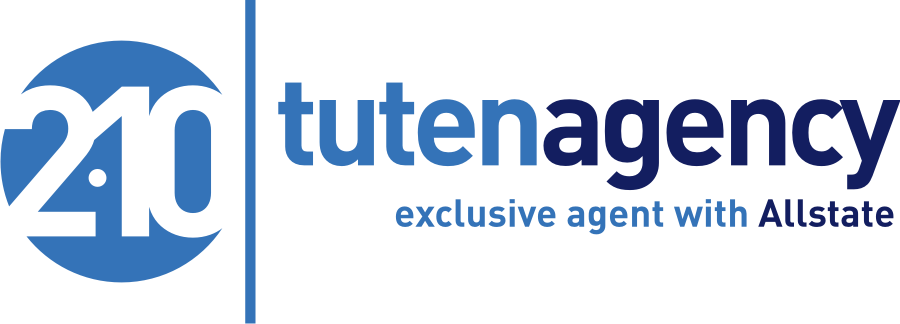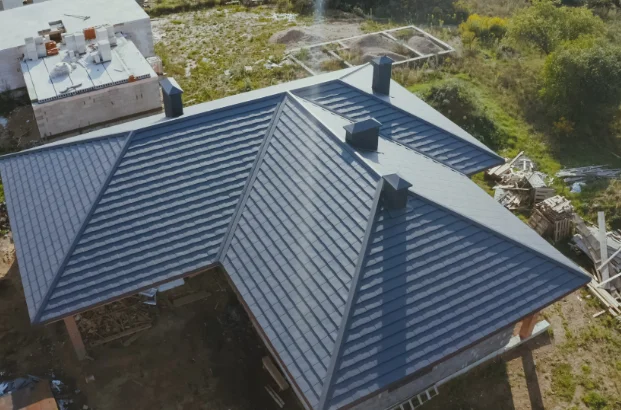Your home’s roof does more than just protect you from the elements; it plays a crucial role in your home insurance premiums and coverage. Understanding the intricate relationship between the state of your roof and your insurance policy can lead to significant savings and better coverage. This article delves into how strategic roofing choices can maximize your home insurance benefits.
Roof and Home Insurance Dynamics
Insurance companies view your roof as the first line of defense against claims resulting from weather damage. A well-maintained, durable roof means a lower risk of insurance claims, which can translate to lower premiums for the homeowner.
Key Factors Insurers Consider
- Age of the Roof: Newer roofs often lead to lower premiums, as they are less likely to have issues. Conversely, roofs over 20 years old may see increased rates or difficulty obtaining coverage.
- Condition and Maintenance: A roof in poor condition is a red flag for insurers, potentially leading to higher premiums or denial of coverage.
- Roofing Materials: Materials like metal and slate are favored by insurers for their durability and resistance to fire and weather damage.
- Roof Design and Shape: The architecture of your roof can also impact your insurance rates, with certain designs offering more resistance to environmental hazards.
The Age Factor: How Roof Lifespan Influences Insurance
The age of your roof is a critical determinant in calculating your home insurance rates. Insurers often offer lower rates for homes with newer roofs due to the decreased risk of leaks and other damage. For roofs over 20 years old, insurers might require an inspection to determine insurability or offer coverage that only accounts for the roof’s actual cash value.
Assessing Roof Condition for Optimal Insurance Coverage
The condition of your roof significantly affects your home insurance options. Regular inspections and maintenance can prevent minor issues from becoming major problems. Homeowners should replace missing or worn shingles promptly and keep the roof free of debris to maintain their roof’s condition and ensure favorable insurance assessments.
Visual Guide to Shingle Roof Aging:
5-Year-Old Roof
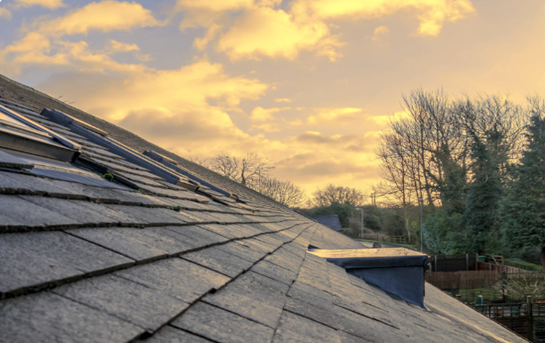
10-Year-Old Roof
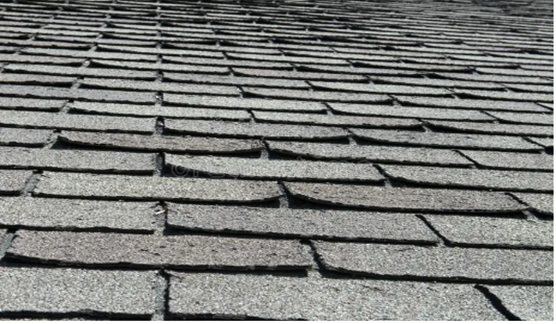
15-Year-Old Roof
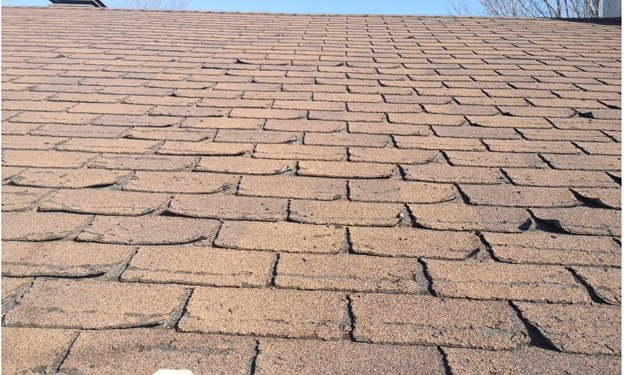
20-Year-Old Roof
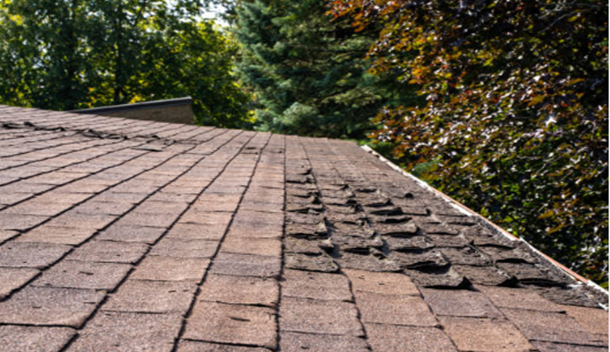
Choosing the Best Roofing for Lower Premiums
- Metal Roofs: Known for their longevity and fire resistance, metal roofs are highly regarded by insurance companies, often resulting in lower premiums.
- Slate and Tile Roofs: While more expensive, these materials offer excellent durability and resistance, making them attractive to insurers.
- Asphalt Shingles: The most common roofing material due to its cost-effectiveness, though it doesn’t offer the same level of durability as metal or slate.
- Wood Roofs: Due to their higher fire risk, wood roofs may lead to higher insurance costs or additional requirements, like applying fire-retardant treatments.
- Cost vs. Value: Material Expenses and Long-term Savings
While materials like slate and metal may have higher upfront costs, the long-term savings on insurance premiums and reduced need for replacement can make them more cost-effective over time.
Design and Shape
The shape of your roof influences its ability to withstand environmental hazards. For example, hip roofs, with slopes on all four sides, offer better resistance to wind damage than gable roofs, which may lead to lower insurance costs. Understanding the benefits and drawbacks of each roof design can help you make an informed decision that balances aesthetics, functionality, and insurance affordability.
Proactive Roof Maintenance
Routine maintenance is essential for extending the lifespan of your roof and keeping insurance premiums low. Inspections can identify potential issues before they require costly repairs, and maintaining your roof can prevent damage that leads to insurance claims. Documenting this maintenance provides evidence of your roof’s condition in case of an insurance claim.
Navigating Roof Improvements and Insurance Adjustments
If you’re considering upgrading your roof, it’s important to communicate with your insurance provider. Some improvements, especially those that enhance durability and resistance to damage, may qualify you for discounted rates. Additionally, keeping your insurer like tutenagency, an exclusive agent with Allstate informed about any changes ensures that your coverage remains adequate and reflects the current state of your home.
The Future of Roofing: Eco-friendly Materials and Insurance Incentives
Sustainable roofing materials are becoming increasingly popular, and some insurance companies offer incentives for homeowners who choose eco-friendly options. These materials can provide the dual benefits of reducing your environmental impact and lowering your insurance premiums.
Summary
The right roofing choices can significantly impact your home insurance premiums and coverage. By understanding how factors such as age, condition, material, and design influence insurers’ decisions, you can make informed decisions that protect your home and maximize your insurance benefits. Investing in quality roofing materials and regular maintenance can lead to substantial savings over time, proving that a strategic approach to roofing is not just about immediate costs but long-term financial planning and protection.
FAQs
What specific roof improvements can lower my home insurance premiums?
Detailing the types of roof upgrades or renovations that are recognized by insurance companies as beneficial for reducing premiums.
Do insurance companies offer discounts for installing certain types of roofs?
Clarifying whether insurers provide direct discounts or incentives for homeowners who choose materials like metal or slate over less durable options.
What documentation do I need to provide to my insurance company after roof maintenance or upgrades?
Listing the types of documentation or proof that homeowners should submit to their insurers after conducting roof maintenance or upgrades to ensure coverage adjustments.
What happens to my home insurance if I neglect roof maintenance?
Addressing the potential consequences of deferred roof maintenance on insurance coverage, including the risk of claim denials.
